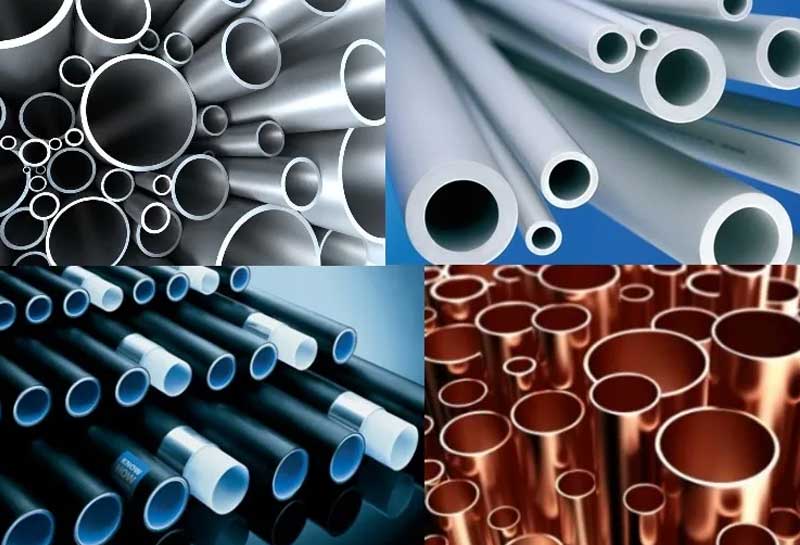
Water Pipeline Materials
When it comes to building or renovating a home, choosing the right water pipeline material is crucial. The material you select can impact everything from the durability and longevity of your plumbing system to the quality and safety of your drinking water. With numerous options available, including traditional materials like copper and modern solutions like PEX, understanding the strengths and weaknesses of each type is essential. This guide explores various water pipeline materials, detailing their benefits, drawbacks, and common issues such as water leak detection, how to tell if a pipe burst, and dealing with water leaks.
- Copper Pipes
- Brass Piping
- Polyvinyl Chloride Piping (PVC)
- Chlorinated Polyvinyl Chloride Piping (CPVC)
- Cross-Linked Polyethylene Piping (PEX)
- Galvanized Steel Piping
- Stainless Steel Piping
- Cast Iron Pipes
- Grey Plastic Polybutylene Piping (PB)
- High-Density Polyethylene Piping (HDPE)
- Polypropylene Piping (PP)
Copper Pipes

Copper pipes have been a staple in the plumbing industry for many years. They are known for their durability and reliability. Copper is resistant to corrosion, which makes it an ideal material for water pipelines. Moreover, copper pipes can handle both hot and cold water, making them versatile for various applications.
One of the significant advantages of copper pipes is their longevity. They can last for decades without significant degradation. This long lifespan can offset the higher initial cost of installation. However, copper pipes can be susceptible to pinhole leaks if the water is too acidic.
Water leak detection is essential with copper pipes. Homeowners should be aware of signs like decreased water pressure, unusual wet spots, or the sound of running water when all taps are off. Knowing how to tell if a pipe burst can save a lot of trouble and expense in the long run.
Brass Piping
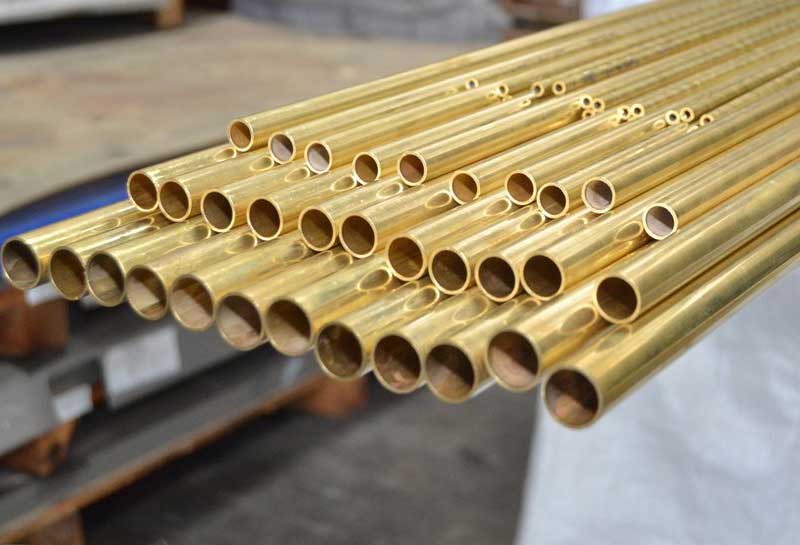
Brass piping is another reliable option for water pipelines. Composed of a copper and zinc alloy, brass pipes are durable and resistant to corrosion. They have a long lifespan, often longer than copper, making them a good investment for long-term water supply systems.
Brass pipes are also known for their excellent ductility, which makes them easier to install and manipulate during plumbing projects. They can be used for both hot and cold water applications, similar to copper pipes.
Regular inspection for water leaks in brass pipes is crucial. Indicators of potential issues include discoloration of the pipe surface, damp spots on walls or floors, and a drop in water pressure.
Polyvinyl Chloride Piping (PVC)
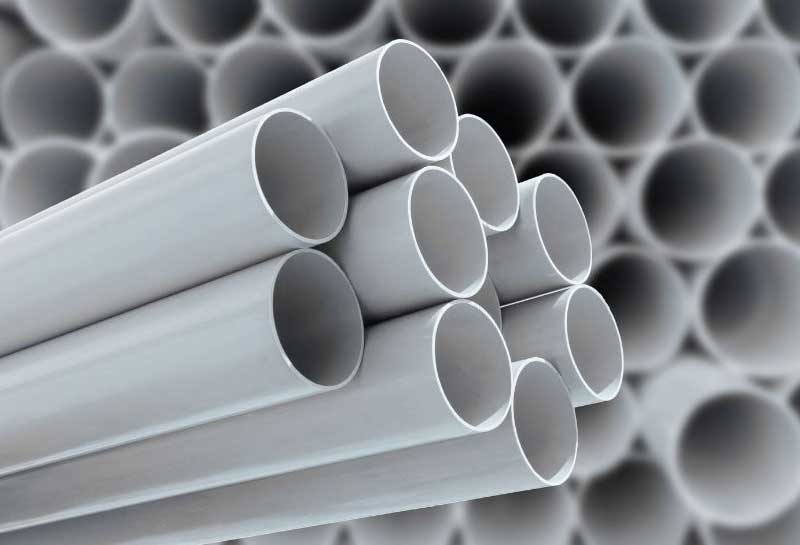
Polyvinyl Chloride (PVC) piping is a popular choice for residential plumbing. PVC pipes are lightweight, easy to install, and cost-effective. They are primarily used for cold water lines and drainage systems because they are not suitable for high temperatures.
PVC pipes are highly resistant to corrosion and chemical damage, which contributes to their longevity. However, they can become brittle over time, especially when exposed to direct sunlight or extreme temperatures.
When it comes to water leak detection in PVC pipes, homeowners should watch for signs like mold growth, wet spots, or unusual noises within the walls. Knowing how to tell if a pipe burst in PVC systems can help prevent extensive water damage.
Chlorinated Polyvinyl Chloride Piping (CPVC)

Chlorinated Polyvinyl Chloride (CPVC) piping is similar to PVC but with added chlorine, which enhances its resistance to heat. CPVC is suitable for both hot and cold water supply lines and is often used in residential and commercial plumbing.
CPVC pipes are durable and resistant to corrosion, making them a reliable choice for water pipelines. They are also easy to install due to their lightweight nature and flexibility.
Detecting water leaks in CPVC pipes involves checking for wet spots, listening for hissing sounds, and monitoring water pressure. Understanding how to tell if a pipe burst in a CPVC system can save considerable repair costs.
Cross-Linked Polyethylene Piping (PEX)

Cross-Linked Polyethylene (PEX) piping is a flexible and versatile option for water pipelines. PEX pipes are easy to install due to their flexibility, which allows them to bend around obstacles without needing many fittings. This reduces the risk of leaks and lowers installation costs.
PEX piping is resistant to corrosion and scale buildup, making it a durable choice for both hot and cold water lines. It can also withstand high pressures and temperatures, which adds to its versatility.
Water leak detection in PEX pipes can be challenging due to their flexibility and hidden installation. Homeowners should look for decreased water pressure, damp spots, and unexpected increases in water bills as signs of potential leaks.
Galvanized Steel Piping
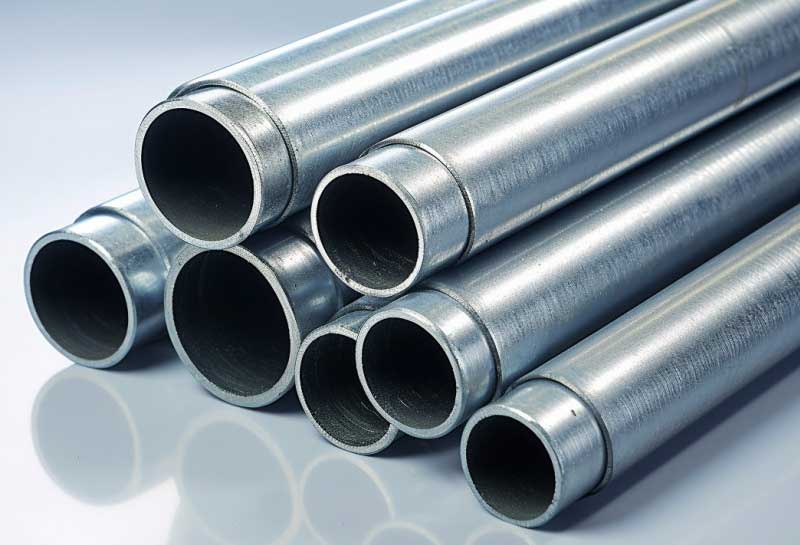
Galvanized steel piping was once a common material for water supply lines. These pipes are coated with zinc to prevent rust and corrosion. However, over time, the zinc coating can wear off, leading to rust and eventual pipe failure.
Galvanized steel pipes are durable but heavy, which can make installation more challenging and labor-intensive. They are typically used in older homes and buildings and are gradually being replaced by more modern materials.
Detecting water leaks in galvanized steel pipes involves looking for rust stains, low water pressure, and discoloration of the water. Knowing how to tell if a pipe burst in these older systems is essential for maintaining water quality and preventing damage.
Stainless Steel Piping
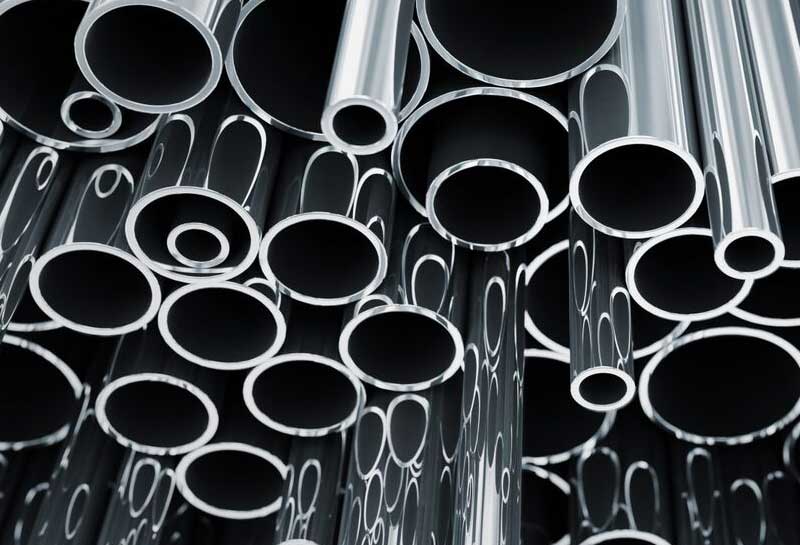
Stainless steel piping is known for its strength and resistance to corrosion. These pipes are often used in industrial settings where durability and longevity are crucial. Stainless steel pipes can handle high pressures and temperatures, making them suitable for a variety of applications.
One of the main advantages of stainless steel piping is its resistance to chemical and environmental corrosion. This makes it an excellent choice for areas with harsh water conditions or exposure to corrosive substances.
Water leak detection in stainless steel pipes involves regular inspections for any signs of wear, such as pitting or rust spots. It’s also important to monitor water pressure and quality to detect potential issues early.
Cast Iron Pipes
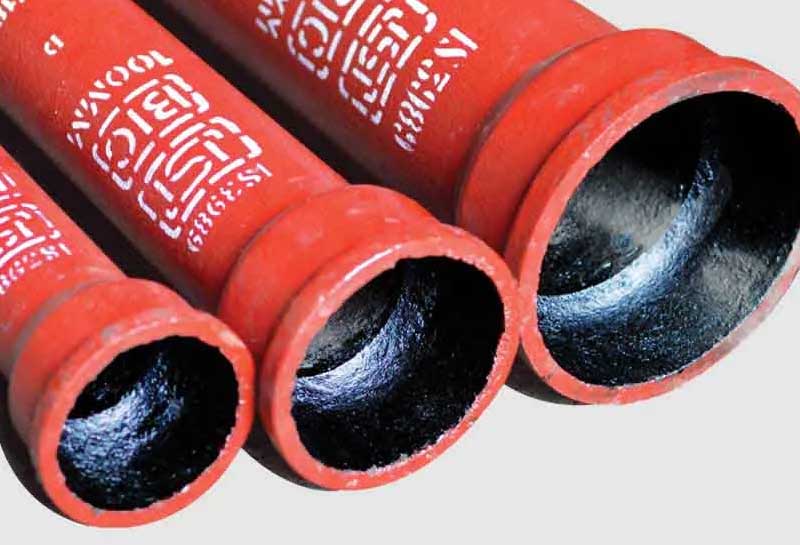
Cast iron pipes are known for their durability and noise-dampening properties. They are often used for drainage and sewage systems due to their ability to withstand high pressures and heavy use. Cast iron pipes are also resistant to fire, making them a safe option for certain applications.
However, cast iron pipes are heavy and can be difficult to install. They are also susceptible to corrosion over time, especially in acidic environments. Despite this, their long lifespan makes them a reliable choice for many applications.
Detecting water leaks in cast iron pipes involves checking for rust stains, unusual odors, and water discoloration. Understanding how to tell if a pipe burst in these systems can help prevent significant damage and costly repairs.
Grey Plastic Polybutylene Piping (PB)
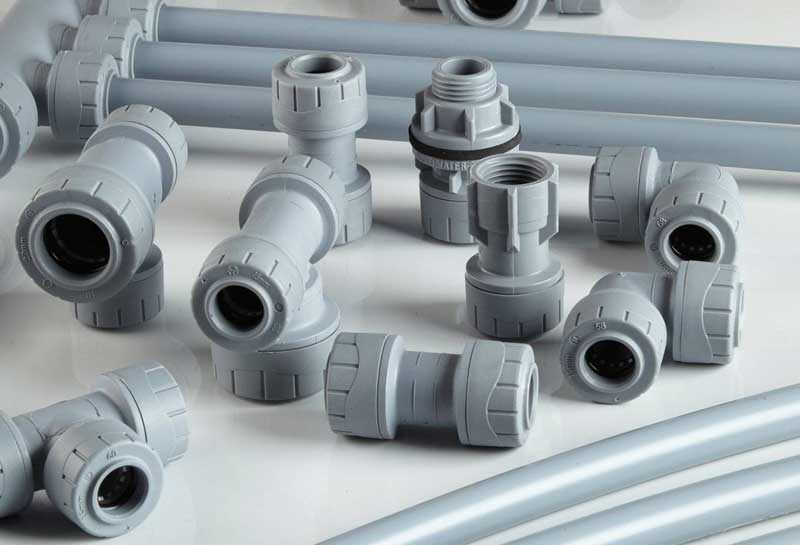
Grey plastic polybutylene (PB) piping was once a popular choice for water supply lines due to its low cost and ease of installation. However, PB pipes have been found to degrade over time, especially when exposed to chlorine in the water supply. This can lead to frequent leaks and pipe failures.
PB pipes are no longer used in new installations, but many older homes still have them. Homeowners with PB piping should be vigilant for signs of water leaks, such as wet spots, mold growth, and decreased water pressure.
Knowing how to tell if a pipe burst in PB systems is crucial for preventing water damage and addressing issues promptly. Replacing PB pipes with more reliable materials is often recommended to ensure a secure water supply.
Buy Grey Plastic Polybutylene Piping (PB)
High-Density Polyethylene Piping (HDPE)
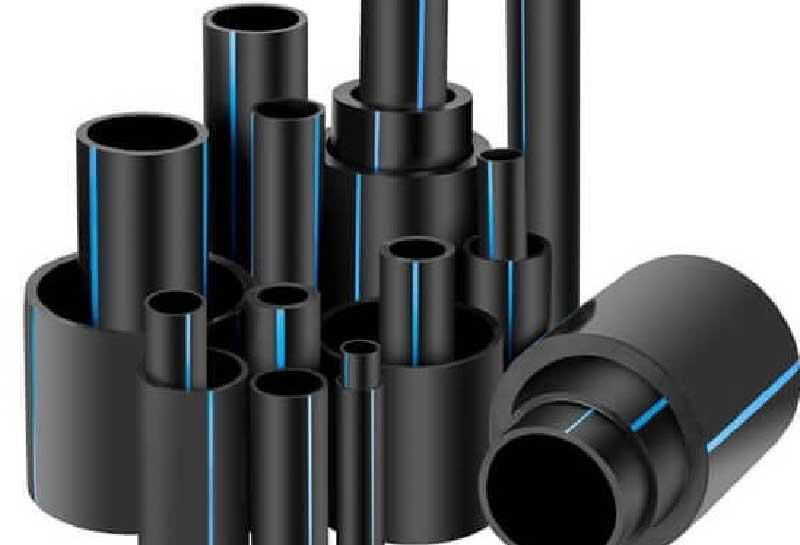
High-Density Polyethylene (HDPE) piping is known for its strength and flexibility. HDPE pipes are commonly used in a variety of applications, including water supply lines, gas distribution, and sewage systems. They are resistant to corrosion, chemicals, and environmental stress, making them a durable choice for many projects.
HDPE pipes are lightweight and easy to install, which can reduce labor costs and installation time. They can also be fused together using heat, creating strong, leak-proof joints.
Buy High-Density Polyethylene Piping (HDPE)
Polypropylene Piping (PP)
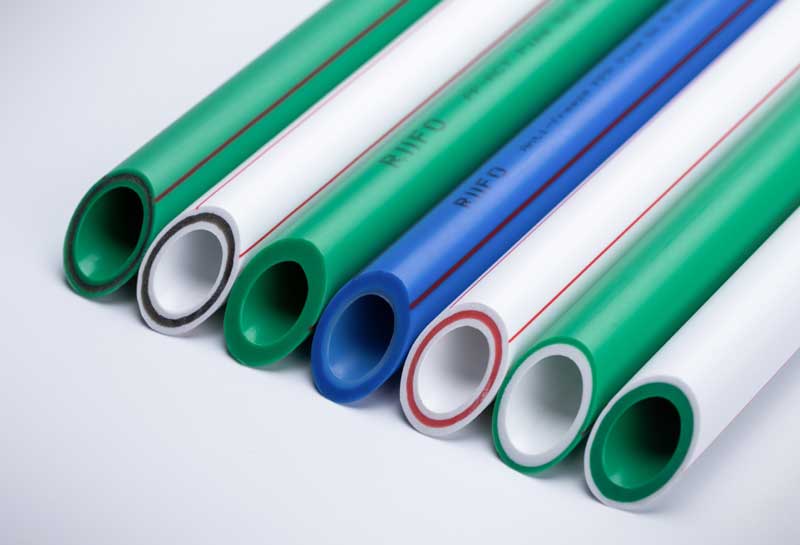
Polypropylene (PP) piping is a versatile and cost-effective option for water pipelines. PP pipes are resistant to a wide range of chemicals and are often used in industrial and residential applications. They are also lightweight and easy to install, which can reduce installation costs.
PP pipes have a long lifespan and are resistant to corrosion and scale buildup. This makes them a reliable choice for various water supply applications.
In conclusion, selecting the right material for water pipelines depends on various factors, including durability, cost, and specific application requirements. Regular inspection and maintenance are crucial for all types of piping to ensure a reliable and efficient water supply system.
